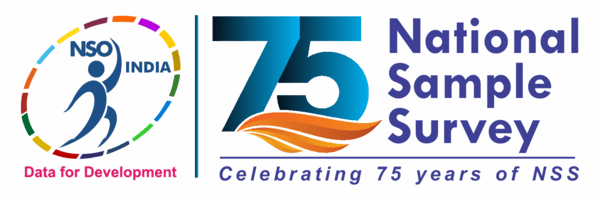| Value | Category | Cases | |
|---|---|---|---|
| 11 | worked in household enterprise (self employed) as an own account worker | 27295 |
12.8%
|
| 12 | worked in household enterprise (self employed) as an employer | 1020 |
0.5%
|
| 21 | worked in household enterprise (self employed) as ‘helper’ | 22931 |
10.8%
|
| 31 | worked as regular salaried/wage employee | 13684 |
6.4%
|
| 41 | worked as casual wage labour in public works | 231 |
0.1%
|
| 51 | casual wage labour in other types of works | 13818 |
6.5%
|
| 81 | seeking work and available for work | 2112 |
1%
|
| 91 | attended educational institution | 53647 |
25.2%
|
| 92 | attended domestic duties only | 29495 |
13.9%
|
| 93 | attended domestic duties and was also engaged in free collection of goods, tailoring, weaving, etc. for household use | 13278 |
6.2%
|
| 94 | recipients of rent, pension, remittance, etc. | 2491 |
1.2%
|
| 95 | not able to work due to disability | 1430 |
0.7%
|
| 96 | beggars, prostitutes, etc. | 37 |
0%
|
| 97 | others | 10759 |
5.1%
|
| 99 | Invalid | 20636 |
9.7%
|

